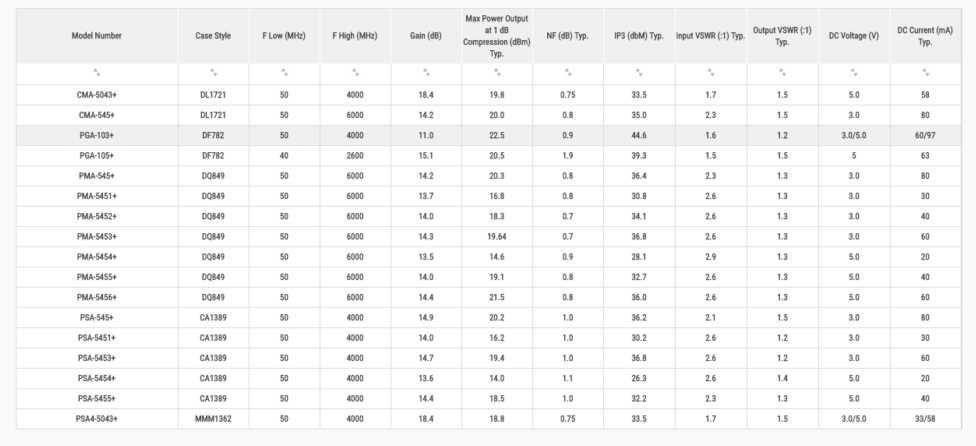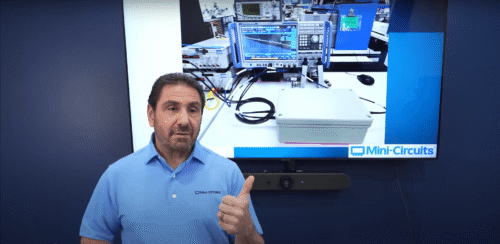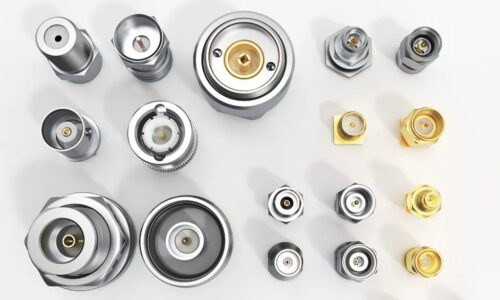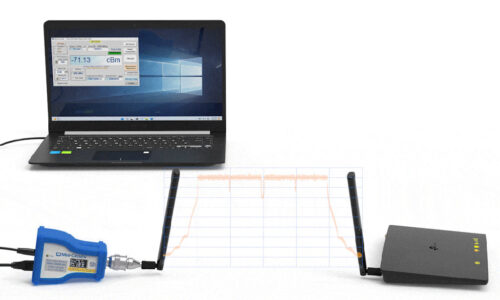Accelerating RF Component Selection with Yoni2® Advanced Search Engine for RF Components
Brandon Kaplan, Mini-Circuits
Selecting RF components for a system design can be one of the more time-consuming tasks in the development cycle. To begin with, a designer may have to sift through hundreds of possible options for a suitable model. Each model represents a matrix of features and parameters with varying degrees of form, fit, and function compatibility with the design requirements. Evaluating the options may take hours or even days, and once a suitable part is identified, there’s still an element of uncertainty as to whether another model may have achieved better system performance. It’s the proverbial needle-in-a-stack-of-needles problem.
Naturally, some RF component suppliers have built databases of product information and developed search engines to speed up the “plug-and-chug” task of product selection. This technology represents an innovation in customer support in the RF component space, but as with many things, the devil’s in the details. Component search engines give engineers the speed and efficiency of computing horsepower, but because most simply search supplier specs against customer criteria, they come with inherent limitations, often generating false positive and false negative results, and failing to accurately and completely identify the ideal parts for a given application.
To address this problem, Mini-Circuits developed Yoni2,an advanced, patented search engine for RF components. Its purpose is not only give customers a much faster way to identify parts that meet their design requirements, but also to ensure that search results reflect an accurate andrealisticevaluationof product performance within the customer’s application bandwidth. This article will clarify the distinction between Yoni2 and other RF component search engines and explain the advantages associated with the more sophisticated search methodology of the Yoni2 program.
Supplier Specs – A Convenient Reduction
Suppliers provide performance specsas a quick, convenient way to evaluate “ballpark” product performance for a given parameter of interest. Theseare single values that the manufacturer can conservatively guarantee the product will meet within a reasonable margin across its operating frequency range. This information is widely available on product datasheets and supplier websites, and most parametric search engines for RF components match customer performance criteria against these figures.
The problem with this approach is that in reality, electrical performance is not a single value but a variable dependent on frequency. For products specified over a wide frequency range, the spec may understate or overstate performance within a particularbandto better approximate performance over the product’s full rated frequency range. If the customer only intends to use the product within a specificband, searching by performance specs alonemay reject a part that actually provides ideal performance for the customer’s intended application – or worse, it may include a part that achieves marginal performance relative to the requirement.
For example, a published spec table shows 11 dB typical gain for Mini-Circuits’ PGA-103+ high-dynamic-range MMIC amplifier, which is specified from 50 to 4000 MHz. In reality, the model’s gain curve exhibits a negative slope when plotted over frequency as shown in figure 1.

Notice that characteristic gain performance is greater than the 11 dB spec up to 1500 MHz. Therefore a customer working in an application at lower frequencies with a 13 dB minimum gain requirement may falsely dismiss this model as a viable option if he bases his search onthe spec alone. Specs may offer a convenient general point of reference, but they are, by nature, reductive. Nevertheless, this is the methodology most RF component search engines employ. Such search engines may still be preferable to manually poring over dozens of datasheets, tables, and charts, but they should be approached with healthy skepticism toward the accuracy and completeness of the results they return.
Yoni2 – Smarter than Specs
Mini-Circuits’ absolute commitment to quality includes an extensive program of testing and characterization for every part we sell. As a result, in addition to product specs, we maintain avast library of complete characteristic performance data swept over frequency for the parameters of interest of every model in our catalog and engineering database. We’vealways provided test data as a resource to customers evaluating parts for their designs, andthe accumulation of this data is what ultimately enabled our development of a more sophisticated product search tool.
Mindful of the limitations of specs alone, Mini-Circuits developed Yoni2, a patented search engine that searches customer performance criteria against millions of points of measured characteristic performance data rather than single-value specs. The program bounds the search to data points that fall within the customer’s defined application band, so the search only includes performance relevant to the customer’s application bandwidth, and omits data over extraneous frequencies, producing search results more tailored to the customer’s specific needs.
Taking PGA-103+ as an example again, we know the model has a gain spec of 11 dB, but we already know that actual gain is higher than this at the low end of the frequency range. Say a customer has a 13 dB minimum gain requirement for an application band from 50 to 1000 MHz. The customer would enter search criteria into Yoni2 on the Mini-Circuits website as shown in Figure 2.

A search based on the 11 dB gain spec would reject PGA-103+, since the customer has specified a 13 dB minimum. However, since the characteristic gain performance of the part exceeds 13 dB within the customers specified bandwidth of 50 to 1000 MHz as shown in figure 3, we expect Yoni2 to include PGA-103+ in the results.

within the customer’s specified bandwidth.
The search returns many models which meet this customer’s requirement, but as we expect, PGA-103+ is included among those results, shown in Figure 4. The user interface displays a complete spec table for all valid models as a convenience to the customer for easy browsing and comparison. But notice that while the spec tableshows a gain value for PGA-103+ that falls beneath the 13 dB minimum requirement, Yoni2 includes this model because it’s characteristic performance is quite suitable for the customer’s needs. The search is smarter than the specs.

For simplicity, this example presented in this article only involves one simple search criterion, but Yoni2 allows users to refine their search and narrow results by employing the same methodology on multiple performance criteria simultaneously. In cases where no exact match exists for all specified criteria, Yoni2 prompts the user rank her top two search criteria by priority to produce the closest possible match.
Just as this example illustrated how Yoni2 includes a model whose spec understates actual performance within a particular bandwidth, it may also exclude models with specs that meet a design requirement but characteristic performance that underperforms at certain frequencies. This is less likely to be the case, as specs are always conservative, but it should instill confidence in the accuracy of the search results Yoni2 generates.

Better Search Tool, Faster Design Cycle
The Yoni2 advanced search engine uses a more sophisticated search methodology than other RF component search engines. By searching based on characteristic performance, comprising millions of points of actual measured test data, Yoni2 is less prone to false positive and false negative results inherent to searches based on simple supplier specs.
This gives designers a tool that dramatically speeds up their design cycle in two ways. Yoni2 reduces the time and effort required for component selection by orders of magnitude by generating model lists that meet the specified performance criteria in seconds. Further, because the search produces candidate models whose actual performance is more certain to conform to the requirements of a system design, Yoni2 reduces false starts with products that don’t perform as expected on the test bench. The bottom line is that a faster, easier component search process with more accurate results means a faster transition from evaluation stages to working designs.











